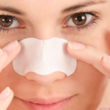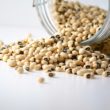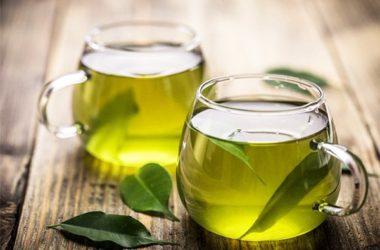Ashitaba Plant (Angelica keiskei), also known as tomorrow’s leaf in China, is a Japanese “super food”. It is used as an herbal remedy and can be used for multiple diseases and sickness. It has a lot of health benefits that are widely accepted in the world.
The Ashitaba plant in now a renowned herbal remedy used all over the world. Health nut everywhere has been raving about this plant since it was popularized in Japan and all over Asia.
Like most vegetables or leafy green, the Ashitaba was designed to be good for your body. It is listed as one of the top herbal products in the health and fitness market. It can be used in teas, supplements, and eaten raw.
Some of the well-known health benefits of Ashitaba are:
- Decrease the possibility of onset cancer.
- Used in weight loss.
- Lowers glucose level.
- Protects the body from coronary heart diseases
- Boost the mood
- Increase energy and strength
Parts of the Ashitaba plant:
- Chalcone or yellow sap – Has anti-inflammatory, anti-tumor and anti-bacterial properties.
- Leaves – Aid the formation of red blood cells and increase nerve circulation.
- Stalk – protect the body from fungal infection and other sickness.
- Roots – used as a great therapeutic remedy
Chalcones found in Ashitaba are the most beneficial part of the plant. It is known to protect the cells and create potent anti-oxidants.
Ways to Eat Ashitaba:
- It can be eaten raw.
- You can add Ashitaba to your regular home cooked meals for a healthier boost.
- It can be incorporated into salads.
- Ashitaba can be pickled
- It can be sun dried
- You can crush or ground the plant for its juice.
- An easy way to get the nutrients of the plant it to simply boil it.
- Ashitaba can be deep fried, it can be a healthy crunchy snack or a beautiful garnish.
The Ashitaba plant is very resourceful. The plant is used as a whole, all the parts of the plant can be used or consumed. The leaves, roots, sap and stalk can all be used in cooking or in herbal medicine
Ashitaba contains high amounts of vitamins and minerals like:
- Coumarin
- Calcium
- Beta-carotene
- Folic acid
- Ascorbic acid
- Iron
- Riboflavin












